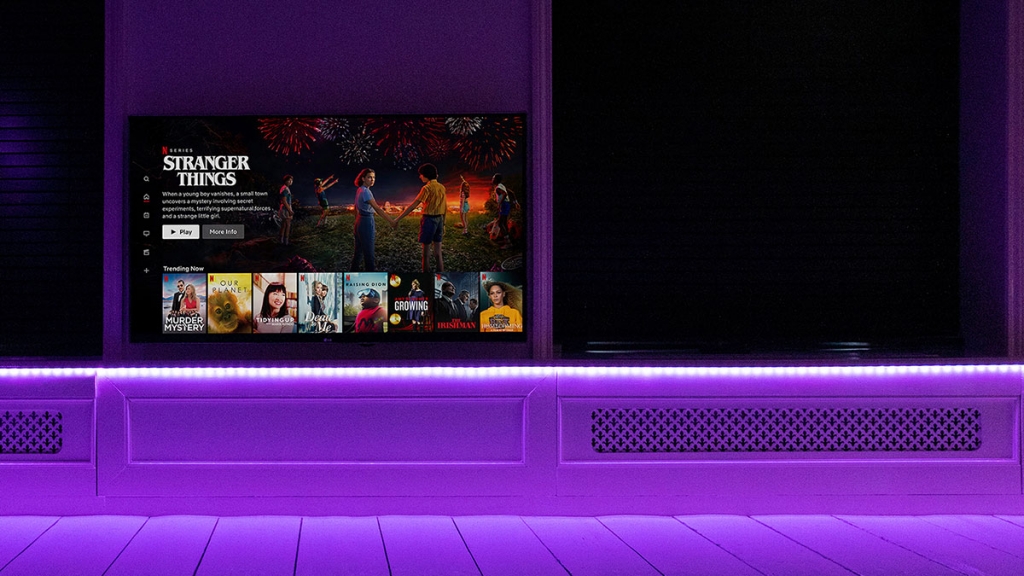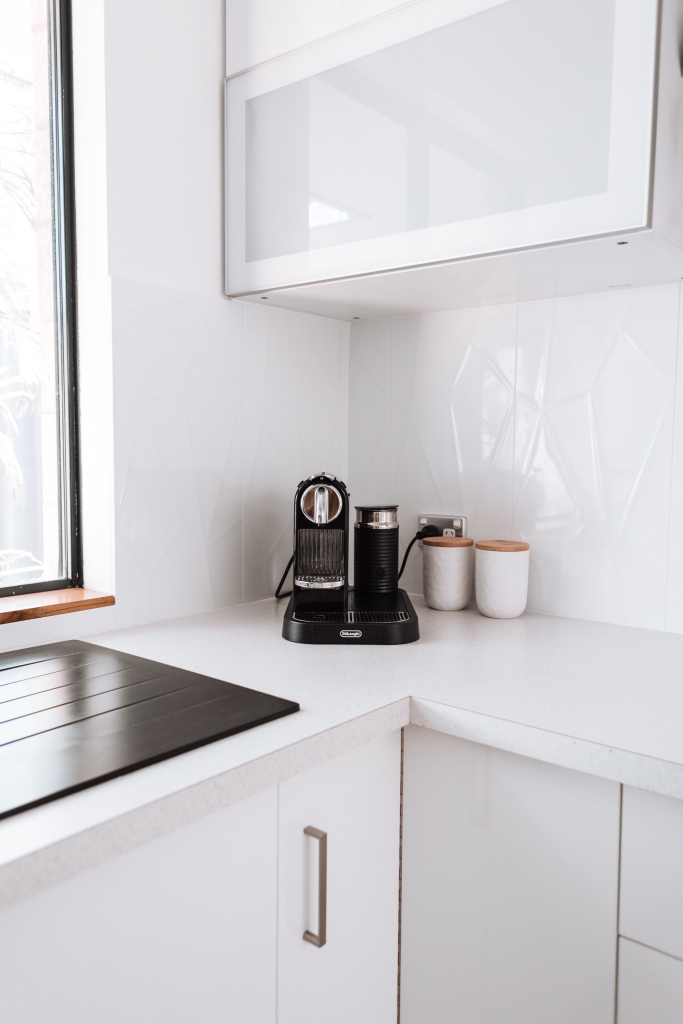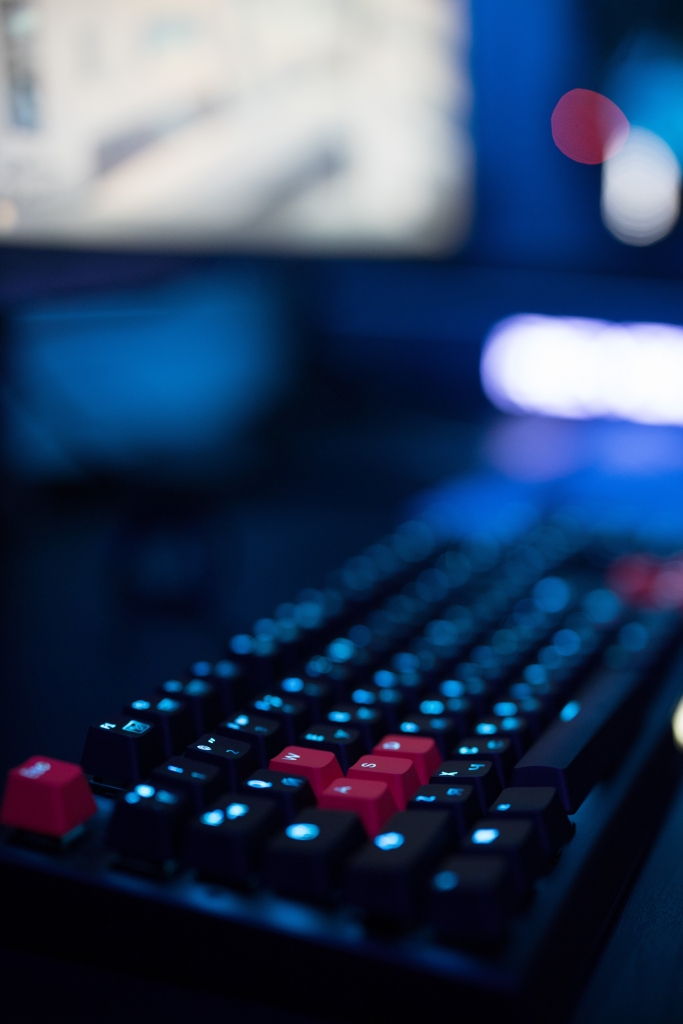
November 28, 2022
How much do devices on standby mode really consume?
Before you go to work in the morning, check the news. We all do it. With the push of a button, you put the TV back into standby mode. The modem and sound system also go “off”. But do you know how much energy your devices use in standby mode?

Television
Along with your sound system and modem, you turn off the television when you leave. But when you turn these devices off, they’re not really ” out, they are in standby mode. That means that when you turn them back on with the remote control, they instantly switch on again. It looks like they don’t use any power, but this is not the case.
The television in sleep mode consumes on average about 250 kWh/year and the media box about 230 kWh/year. Converted with a variable energy rate of €0.80/kWh, that comes out to €200 (250*0.80) for the television and €184 (230*230) for the media box per year. That’s quite a lot of money!

Coffee machine
A nice cup of coffee to start your day. Who doesn’t enjoy it? But as soon as you leave for work, the coffee maker stays on. Even if you don’t use the device, the plug stays plugged in, causing standby consumption. A Senseo and Nespresso machine consumes an average of 96kWh annually in standby mode. Converted, this is €76.80 per year. For not using the device, this is quite a lot of money. By installing a smart plug you can easily turn the device really on and off via the app when you are not using it. You can also use the app to see how much a device uses when it is on. This makes your energy consumption more transparent and makes saving energy even easier!

PC or game console
The next in line of standby consumers is your PC or game console. Of course, it is easy to put these devices into sleep mode, but this way they still consume energy. In addition, often the peripherals are also always on. Think of the screen, speakers, printers, and led strips, etc. Together, these devices consume quite a lot of energy in sleep mode. In fact, they account for a consumption of about 260 kWh per year. The PlayStation or Xbox do not sit idle in their standby mode either. On average, they consume about 130 kWh per year in this mode, which amounts to the equivalent of €104.
The standby consumption of the above devices can easily be reduced by using a smart plug. Through the app, the plug can be turned on and off through an automatic schedule. This ensures that the devices do not consume power when you are not using them.

Water boiler
In many (auxiliary) kitchens, the water is heated with a separate hot water boiler. This allows you to enjoy nice and fast hot water from the tap. This is because the hot water does not first have to be transported from the central heating boiler to the (auxiliary) kitchen. The separate hot water boiler ensures that the water always remains at a fixed temperature. However, this costs an enormous amount of energy. The standby consumption of a separate hot-water boiler average about 150 kWh per year, which amounts to €120. And that for water you don’t even use!
By connecting a smart plug to the separate hot-water heater, you can turn it on and off remotely via the app. You can also easily set a schedule for the separate hot water heater to turn on and off automatically at certain times. In addition, you can use the app to set the device to be off for a longer period. For example, when you go on vacation.
Even though the devices are off, as long as they are plugged in, they still consume electricity. It’s best to unplug them completely, but that’s often inconvenient. It is also easy to forget and you have to wait a long time for the system to restart each time. So this is exactly not what you want. Fortunately, there is a solution to this. Namely, with a smart plug, you can easily use the app of the smart plug to really turn off the devices when you are not using them anyway. You can also set a schedule where the devices automatically shut down as soon as you go to bed and also start up again before you get home, so you can immediately turn on the television again. This way, you use less power but don’t experience difficulties turning devices on and off.






